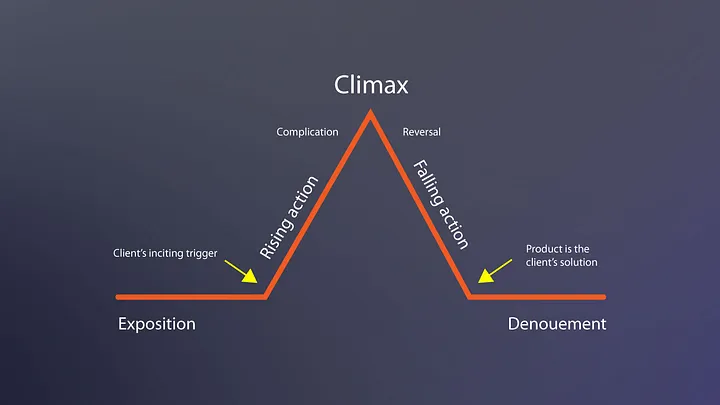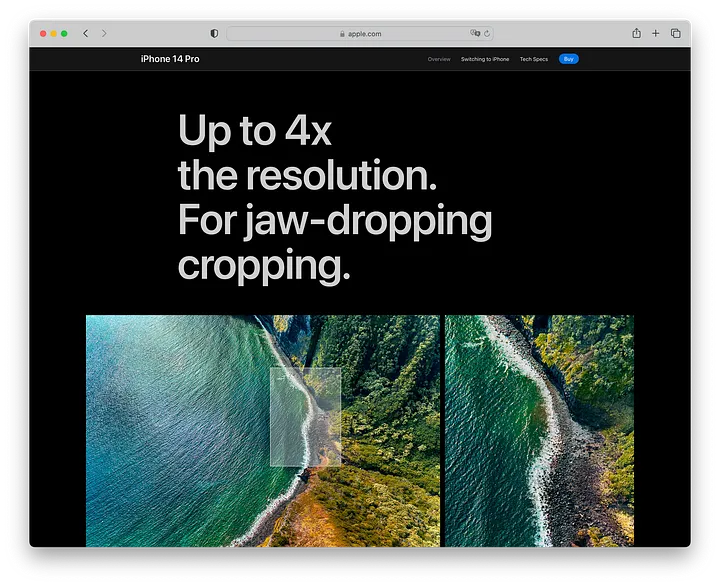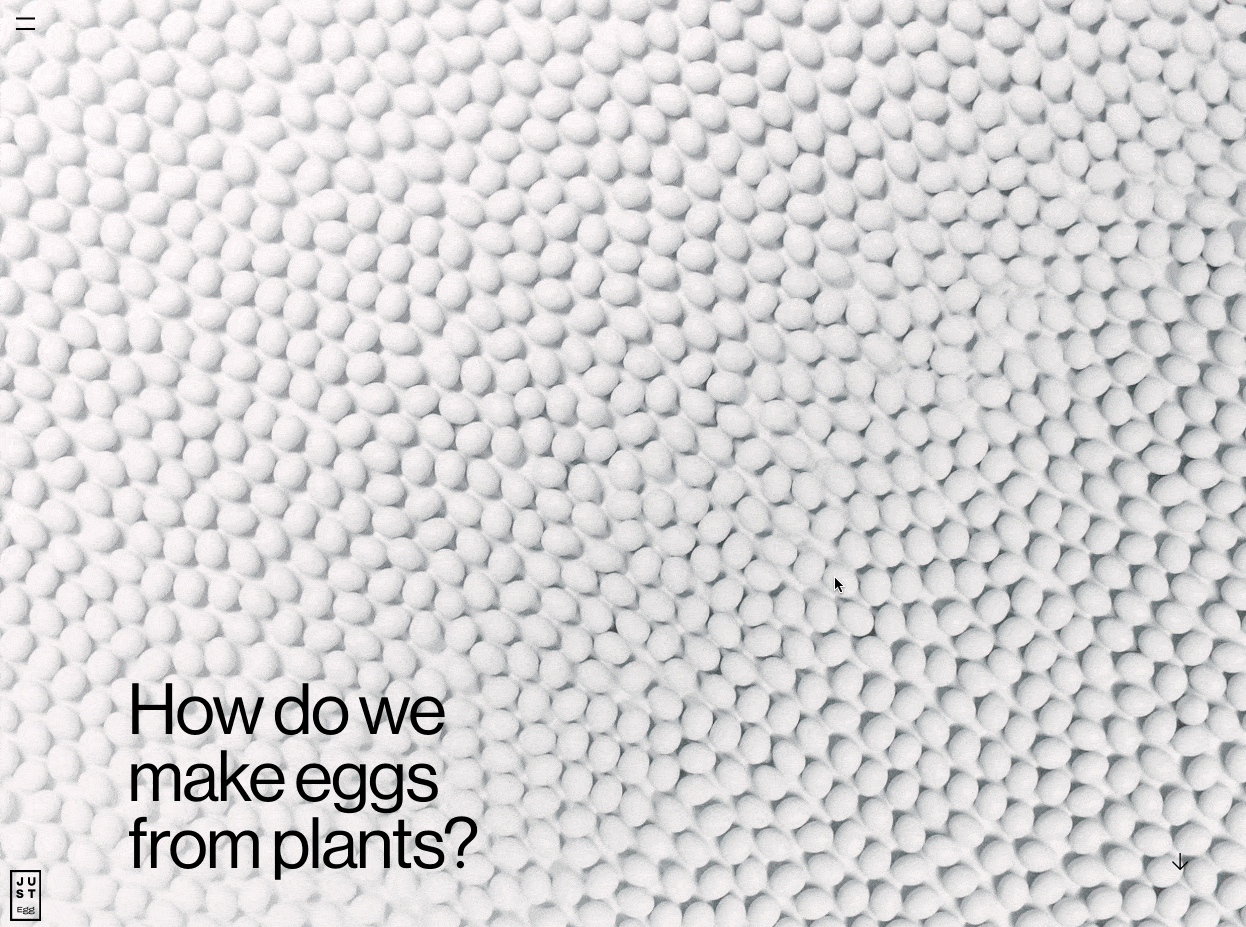Here are 4 highly-effective visual storytelling techniques to master to become more valuable to brands.

Call me a nitpicker.
But most UX designers walk through the door like Marie Kondo.
- They get rid of a few things.
- They organize a few things.
- They change a few colors.
- They change a few fonts.
- They totally miss the point.
They don’t tell visual stories.
A UX designer who can tell a brilliant visual story is perhaps the most sought-after commodity in the Valley right now. Seriously, CMOs would seemingly give anything for a UX designer who knows how to tell a good visual story.
Really understand the UX storytelling pyramid 🔗

Most UX designers don’t tell stories.
And the few who do mostly tell the wrong stories.
- Good UX designers make their products the heroes.
- Great UX designers make their customers the heroes.
Because at the end of the day it is not what you say your brand is but what they say your brand is. And the best way to change what they say is to start with one word.
Empathy.
Get into your customer’s life story.
- Understand what triggers them to come to you.
- Understand what problems keep them awake at night.
- Understand what’s the turning point to choosing you.
- Understand how your product can actually solve this problem.
Become your own customer. Reach out to real customers. Actively listen to what people are complaining about. Find the root of the issue.
Obsess about the little details that nobody seems to care about.
Remove the complications, not the complexions 🔗
I’m a simple man.
I like avo. I like Mac. I like Mozart.
I consider myself a minimalist.
But some designers take minimalism so far that they lose the story.
Every single element on a page should contribute to the customer’s story.
If it doesn’t, it shouldn’t exist.
Think about an old TV remote. Does it really need all those damn buttons?
No.
But the UX designer’s biggest question should be:
When is enough really enough?
When removing more will kill the story.
Every story needs:
- An identifiable character
- An authentic emotion
- A turning point moment
- A little details that matter
Once you start losing these little details, you lose your story.
Know when to visualize 🔗
Don’t tell me. Show me.
Instead of telling you what I mean, I’ll show you.

I love how Just Egg shows how their plant-based eggs reduce land use.
This is visual storytelling at its finest.
Instead of trying to convince people of truths, let them trip over the truth and realize it themselves.
Look at how Apple nails it:

It’s weird how people don’t like to follow other people’s advice.
If they feel like they discovered it, they’re much more likely to listen to it — even if it’s the same opinion!
For example, you can try to convince a stubborn person to go vegan. They’ll push back. They’ll say they’ll never go vegan. However, after going down the vegan rabbit hole themselves they’re much more likely to actually give it a try.
Remember:
- The human body has 11 million sensory neurons.
- 10 million of those neurons are built to process vision.
The more visual you make the story, the more neurons you can hit.
And higher the chance that the story will stick.
Focus on one — not one billion 🔗
Big numbers mean nothing to the brain.

I love how Just Egg starts with lots of eggs and zooms into just one egg as you scroll. Then show all the plants, seeds, and legumes they’ve tried to get the taste just right and then it lands on one bean.
Now that’s a story.
It is probably not by surprise that successful charity foundations focus on one hungry child in Uganda instead of focusing on the systematic poverty problem in Africa.
A systematic problem of police brutality got no response. But one agonizing video of a man named George Floyd who couldn’t breathe changed the way the world saw police brutality.
But sometimes we need to deal with big numbers.
What is the difference between a million and a billion?
- 1 million seconds = 12 days
- 1 billion seconds = 32 years
Every UX designer needs to read a book called Making Numbers Count by Karla Starr and Chip Heath. It will change the way you look at numbers.
Fini 🔗
Marketing is not the features you sell. It’s the stories you tell.
- Light the bonfire.
- Get the story on point.
- Hire a storytelling UX designer.
Watch the magic happen.



